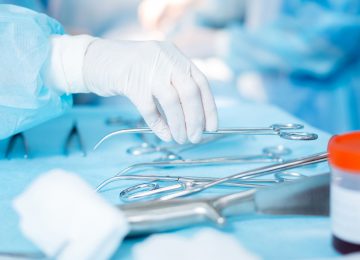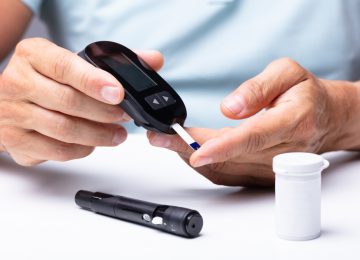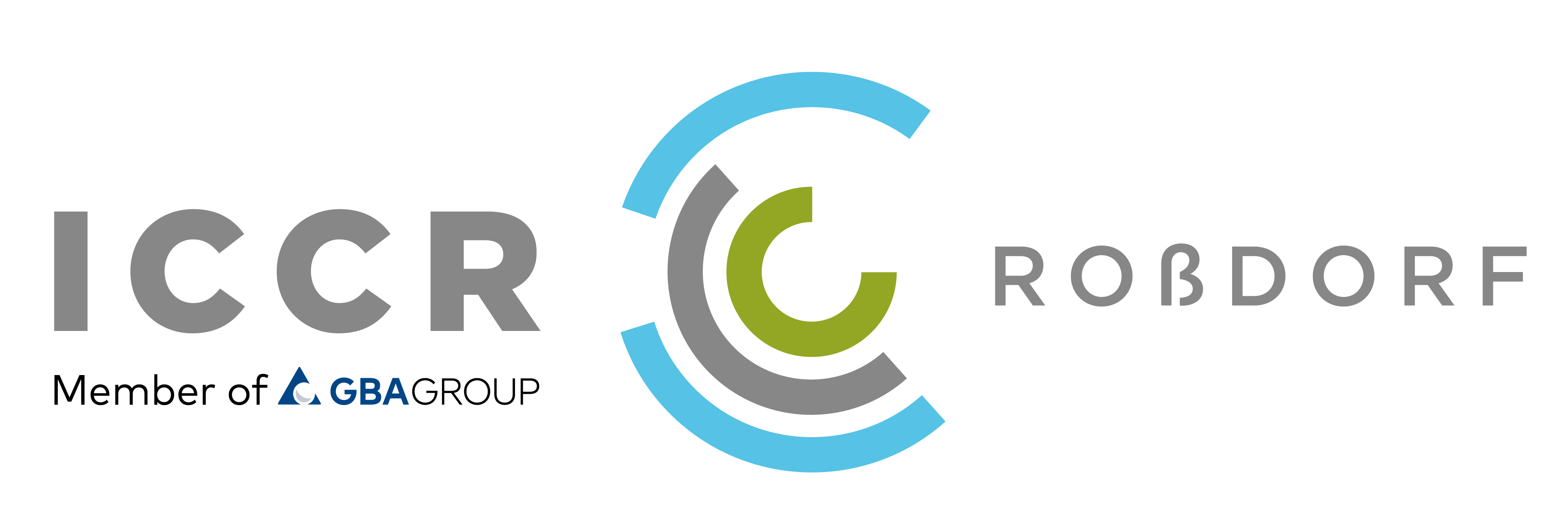

The safety of medical devices is close to our hearts
Medical devices come in virtually all shapes and forms and their uses are just as varied. It can be a device that’s only in short contact with the skin of a healthy person or endoprostheses that stay permanently in the bodies of patients.
Our expertise helps you to develop a proper testing strategy to prove the safety of your medical device according to internationally recognised guidelines (EN ISO, USP, etc.). For this, the method for extraction of the device plays an all-important role for the assay and has a strong influence on the acceptance of the results.
In addition to the classical toxicological test methods, we can also apply humane in vitro 3D-tissue models for assessment of local effects on skin, mucosa or the vagina.
Tests according to ISO 10993
| XTT Test | ISO 10993-5 / ISO 7405 |
| MTT Test | ISO 10993-5 / ISO 7405 |
| Neutral red uptake (NRU) Test | ISO 10993-5 / ISO 7405 |
| Agar overlay Assay | ISO 10993-5 / ISO 7405 |
| Acute Systemic Toxicity Testing in Rodents | ISO 10993-11 |
| Skin Irritation: Reconstructed Human Epidermis Test method | ISO 10993-23 |
| EpiOral/EpiGingival Test | |
| EpiVaginal Test | |
| Local Lymph Node Assay (LLNA) | ISO 10993-10 |
| In vitro gene mutation study in bacteria: Ames Test | ISO 10993-3/ ISO 7405 |
| In vitro gene mutation study in mammalian cells: Mouse Lymphoma Assay (MLTK Assay) | ISO 10993-3/ ISO 7405 |
| Micronucleus Assay in vitro (Human Lymphocytes or V79 cells) | ISO 10993-3/ ISO 7405 |
| Chromosomal aberration Assay in vitro (Human Lymphocytes or V79 cells) | ISO 10993-3/ ISO 7405 |
| Mammalian Erythrocyte Micronucleus Test | ISO 10993-3 |
